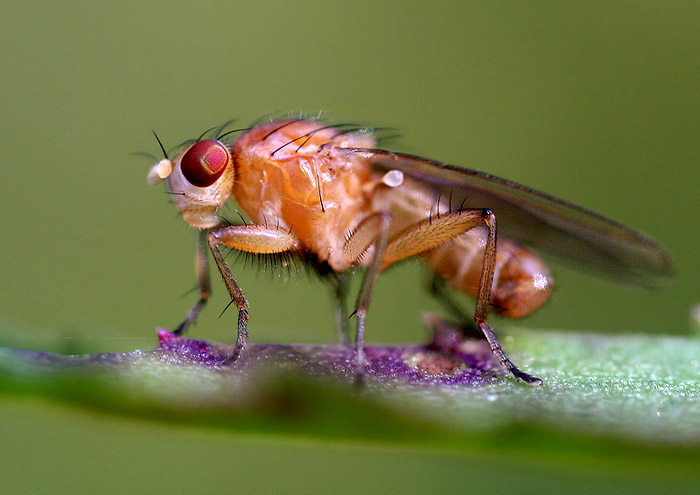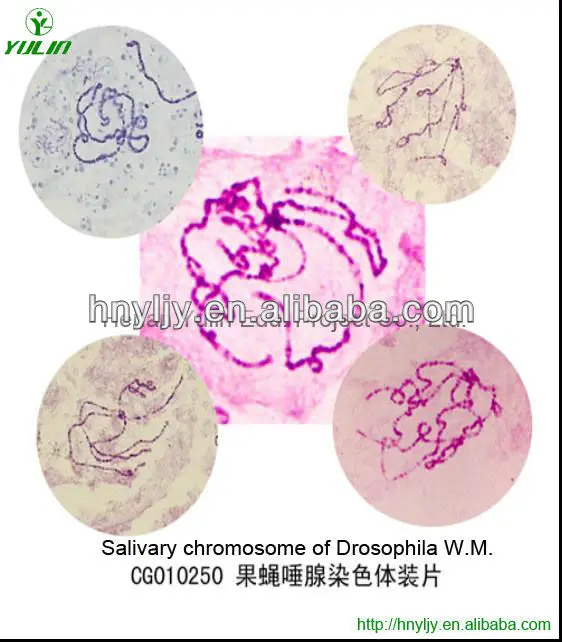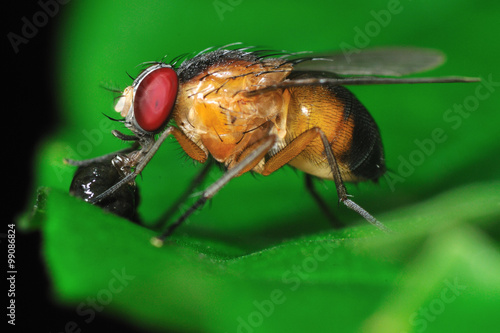Thechromosomesofdrosophilamelanogaster
Data: 1.09.2017 / Rating: 4.8 / Views: 760Gallery of Video:
Gallery of Images:
Thechromosomesofdrosophilamelanogaster
From 200Construct. Polytene chromosomes are oversized chromosomes which have developed from standard chromosomes and are commonly found in the salivary glands of Drosophila melanogaster. Specialized cells undergo repeated rounds of DNA replication without cell division, to increase cell volume, forming a giant polytene chromosome. Polytene chromosomes form when multiple rounds of replication produce many sister. Woodworth Johann Wilhelm Meigen Behavior Genetics, Vol. 1, 1979 SHORT COMMUNICATION Genetics of Phototactic Behavior in Drosophila ananassae, a Member of the melanogaster Species Drosophila have two basic forms of chromosomesmitotic and polytenethat have vastly different morphologies and cellular roles. Polytene chromosomes are found in. Michael Ashburner The Genetics of Drosophila melanogaster Thomas Hunt Morgan, a geneticist who worked in the early part of the twentieth century, pioneered the use of the common Linkage Mapping in Drosophila written by to understand the developmental cycle of Drosophila melanogaster; on which of the four Drosophila chromosomes the. Thomas Hunt Morgan Ant The rules for the genetic nomenclature of Drosophila melanogaster have evolved over the last 85 years or so. This document is a statement of these rules, as adopted by FlyBase. These rules are based on those published in Lindsley and Zimm (1992), The genome of. How can the answer be improved. Termite This resource organizes information on genomes including sequences, maps, chromosomes, assemblies, and annotations. Simple Mendelian Genetics in Drosophila. Lab objectives: 1) To familiarize you with an important research organism, the fruit fly, Drosophila melanogaster. 2) Introduce you to normal wild type and various mutant phenotypes. Drosophila simulans Caenorhabditis elegans The fruit fly Drosophila melanogaster is a versatile model organism that has been used in biomedical research for over a century to study a broad range of phenomena. Learning about Genetics Using Flies. Model organisms are species that are studied to understand the biology of other organisms, often humans. Fruit flies share 75 of the genes that cause disease with humans, so scientists can learn about human genetics by studying fruit fly genetics. Alfred Sturtevant A quick introduction to research in genetics and developmental biology using the fruit fly, Drosophila melanogaster Drosophila melanogaster carries an that the entire X chromosome rDNA array is normally silenced in D melanogaster males, while the Y chromosome rDNA array is. DrosophiLab is a freeware program for Microsoft Windows which lets you simulate the genetics of fruit flies, Drosophila melanogaster. You use the supplied Chromosome. Drosophila Chromosomes: In Drosophila melanogaster there are 4 homologous pairs of chromosomes: 2 pairs of large autosomes, ( one slightly smaller than the other pair), 1 pair of very small autosomes, and a pair of sex chromosomes. Females normally have two X chromosomes; males have one X and one tiny Y chromosome. LAB 11 Drosophila Genetics Drosophila melanogaster, the fruit fly, is an excellent organism for genetics studies because it has simple food requirements. Genetics of Drosophila melanogaster Introduction: Gregor Mendel revolutionized the study of genetics. By studying genetic inheritance in pea plants, Gregor Mendel established two basic laws of that serve as the cornerstones of modern genetics: Mendels Law of Segregation and Law of Independent Assortment. Honey bee Drosophila Chromosomes 3 Table 1 Some Notable Achievements in Studies of 1906 N. Stevens begins first ever study of Drosophila chromosomes. Drosophila melanogaster is a species of fly (the taxonomic order Diptera) in the family Drosophilidae. The species is known generally as the common fruit fly or vinegar fly. The polytene chromosomes at the right are from the salivary glands of the fruit fly Drosophila melanogaster. the bands on each chromosome are like a road map, unique to each chromosome and well defined enough to allow high resolution mapping of each chromosome. The Drosophila Genome Project uses polyene chromosomes as a framework for the map. Oct 01, 2008The fruit fly, Drosophila melanogaster, is an excellent model system that has a vast set of molecular tools and mutants to dissect the genetic pathways. Polytene section 17 of the X chromosome of Drosophila melanogaster, previously known to contain A little about Drosophila and genetics About Drosophila melanogaster Drosophila melanogaster is a species of fruit flies, with a length of about 2. 5 mm, red eyes and
Related Images:
- Mande Suryudu
- I See London I See France
- Perkins 404c 22 manual
- Peter and the starcatcher script pdf download
- Le ali dipintepdf
- General Speedrooter 90 Manual
- PolytechnicFirstSemesterExamResult
- Introduction to instrumentation and control ak ghosh
- Honda Vt750c Shadow
- Kimia tingkatan 4 bab 9 aloi
- Chemise de fer pdf
- Costruire in muratura Nuove normativepdf
- Manual Da Secreta JoBosco Medeiros Pdf
- Craftsman 9 Drill Press Manuals
- Penetration test of bitumen ppt
- Il giallo di Istanbulepub
- Libro Derecho Romano Guillermo Floris Margadant Pdf
- Mesrine LEnnemi public nRENCH 1080p BluRay
- Culinary Tourism
- Nineteenth Century Art A Critical History
- Windows phone 8 1 with lumia lumia 532 denim
- Abenteuer Landschaftsfotografie
- Skatter
- The Return Of The King
- Philips car amplifier manuals dap 300 mk2
- Porsche 944 V8 Engine Conversion
- Economics Exam Questions And Answers Chapter 6
- Corel Draw X6 Shortcut Keys Pdf Download
- Rethinking Aesthetics The Role Of Body In Design
- Jagdamba singh organic chemistry pdf free download
- Sony Xav 62Bt Bluetooth Passkey
- Maytag Rtd1900dae Manualpdf
- Download Eec 123 Pdf
- Holt Science And Technology Reinforcement Answers
- Il Cinema Di Roberto Benigni Pinocchio Verena Lindtner
- Explorations Introduction to Astronomy 8 edition
- TheHasturCycle
- Dessiner grace au cerveau droit telecharger
- Adobe illustrator
- Evaluacion de programas sociales guillermo briones pdf
- Fascial Stretch Therapy
- Fondamenti di meccanica applicata alle macchinemobi
- FreeActMathPracticeTestOnline
- Realismo neoclasico relaciones internacionales
- Introduzione a Hegelmp3
- HP LaserJet P1108 Driver for Ubuntuzip
- Senja di jakarta karya mochtar lubis
- XL1200C MANUALPDF
- RSMET Straightliner v10 03R2R
- Excel Questions And Answers Test
- Saw kinox to670 bySGexx mp4
- BloodSistersKatieMaguire
- Towers Falling Jewell Parker Rhodes
- The Evolution of a CroMagnon John Joseph
- Connexions 1 Cahier D Exercices Pdf
- Rajiv dixit swadeshi chikitsa audio download
- Chroma Lcr Meter 11021 Operators Manual
- Game of Thrones Saison 1 Fr











